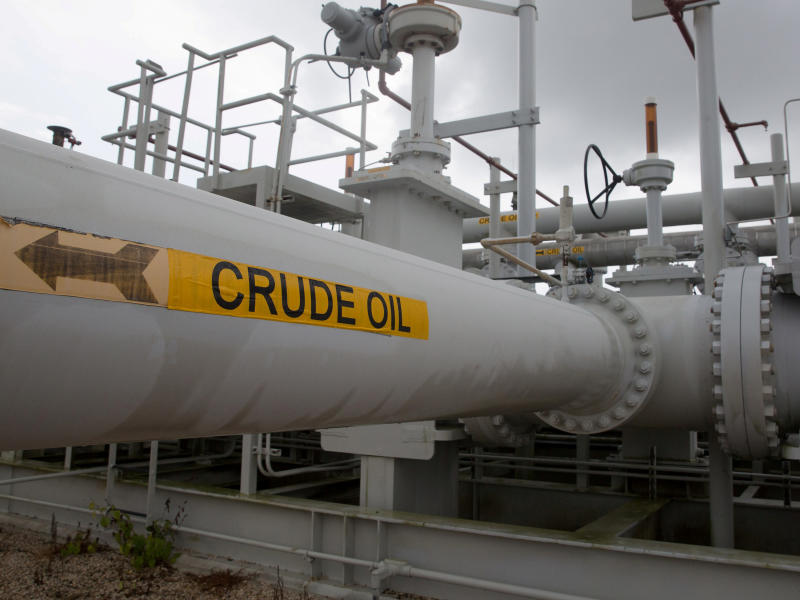×
The Standard e-Paper
Home To Bold Columnists

A maze of crude oil pipes and valves [Reuters, Richard Carson]
The grand East African Crude Oil Pipeline (Eacop) this week featured in a global multi-faith event dubbed ‘Faiths 4 Climate Justice’, with activists calling for shift from the fossil fuel project to renewable energy.